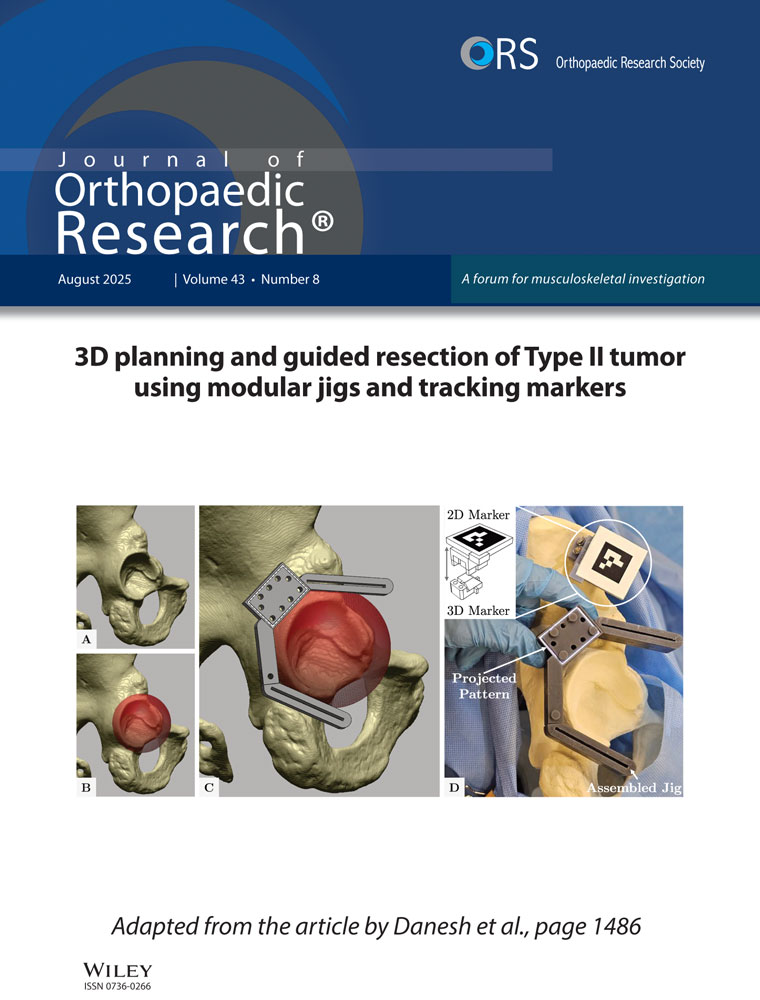Dynamic measurement of bone blood perfusion with modified laser doppler imaging
Abstract
Although the mechanisms are not clearly defined, blood flow may play an important role in moderating skeletal adaptation. Most techniques currently available to measure blood flow in bone are time-consuming and require destruction of the tissue, but laser Doppler technology offers a less invasive method. The present study assessed whether laser Doppler perfusion imaging could detect changes in perfusion in cortical bone. By use of modified laser Doppler perfusion imaging with an adjustable, incorporated, near infrared-laser gain photodetection system, perfusion of blood in the mid-diaphyseal tibial cortex of New Zealand White rabbits (n = 5) was measured before, during, and after occlusion of the femoral artery. During occlusion, perfusion decreased 69% compared with control levels; removal of the arterial clip caused flux values to return to near normal. Laser Doppler perfusion imaging provides a two-dimensional image related to blood flow, and the results of this pilot study suggest that it may be an effective technique for imaging in vivo dynamic changes in perfusion in cortical bone.




